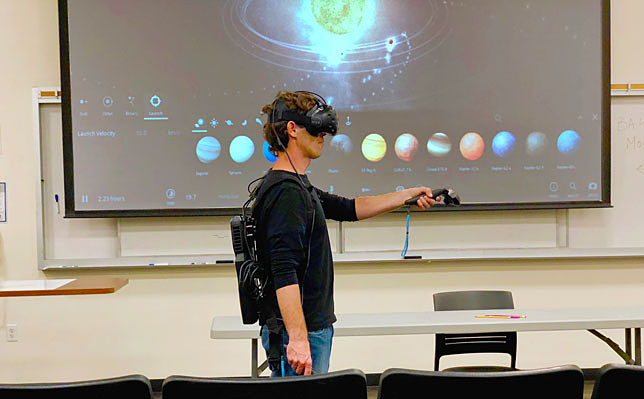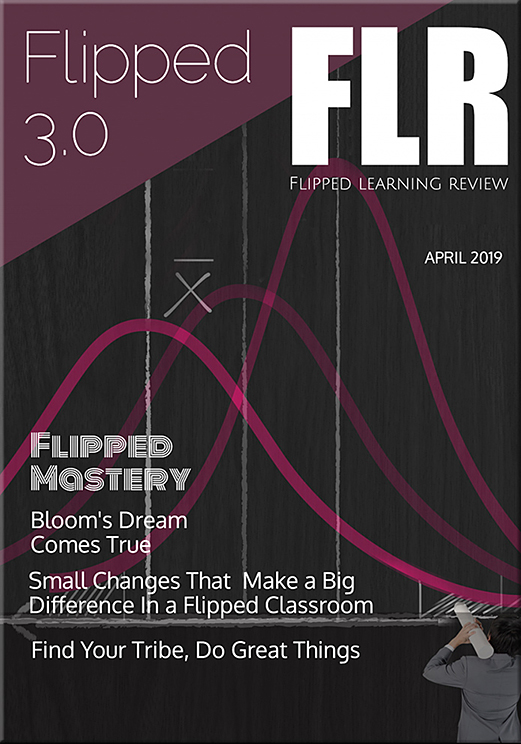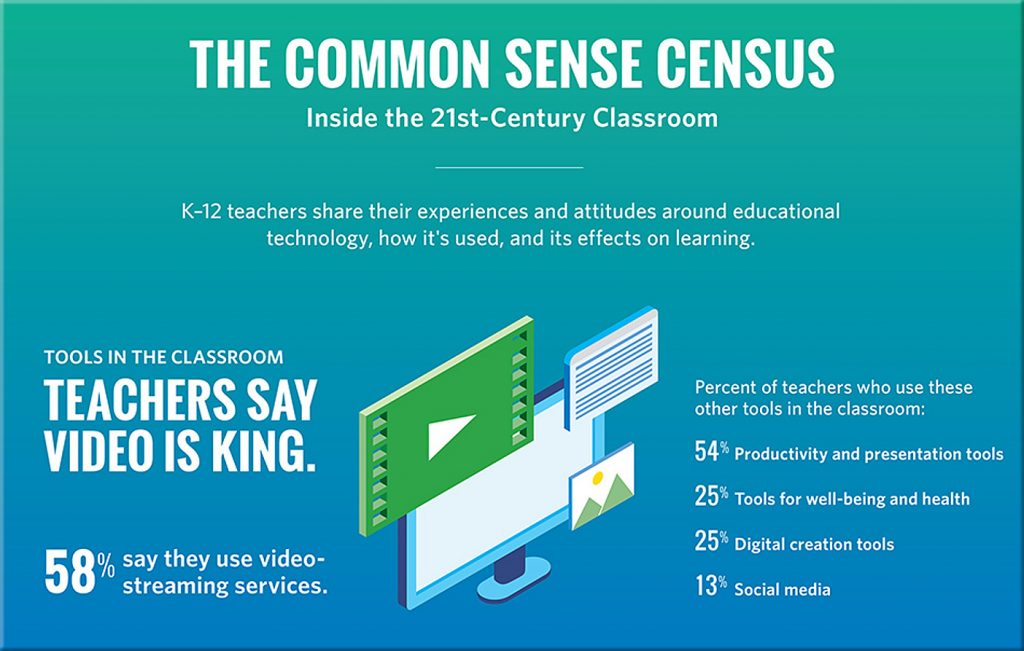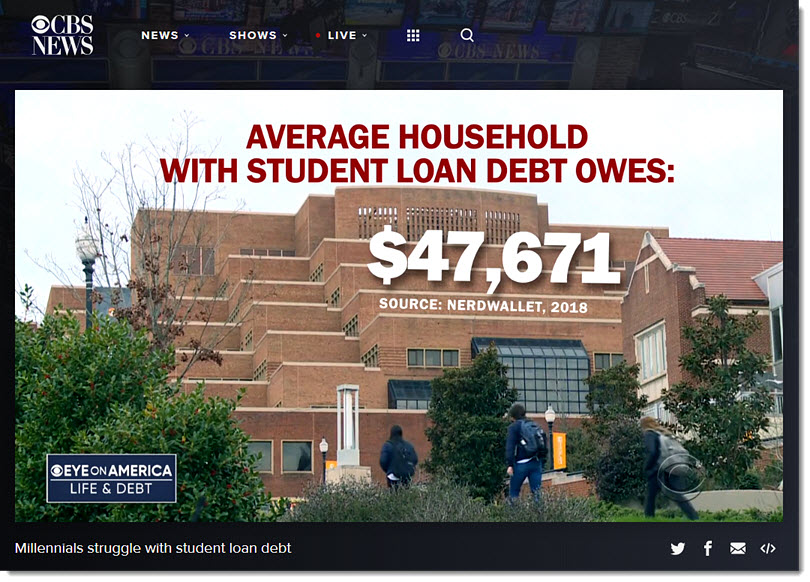Meet Anthony Johnson: Teacher of the Year. Rebel ‘Mayor.’ High School Dropout. — from edsurge.com by Kristin Leong
Excerpt:
Anthony’s classroom is as much an invitation to his students to take ownership of their learning as it is a rebellion against the education system that failed him when he was a student. In his book, “High School Dropout to Teacher of the Year,” Anthony’s complicated relationship to education comes through as the fuel behind his work. In explaining his motivations behind reinventing classroom learning, he says that his focus as a teacher is to provide students with learning experiences that are “radically different” from the ones he remembers.
From the description of his book:
What makes Anthony Johnson a gem is not the fact that he is an African American male, but that he cultivates and fosters a learning environment unlike any other seen in this country.

















